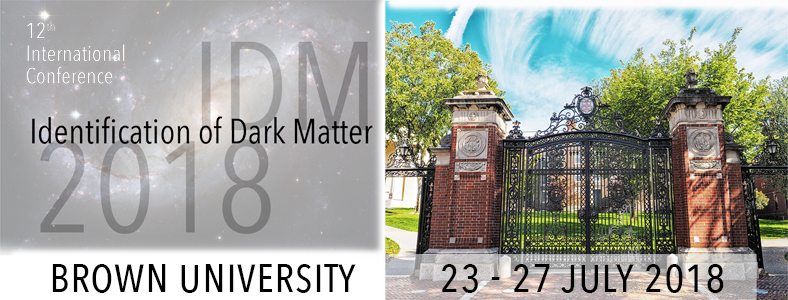Conveners
1.2 Plenary Session
- JiJi Fan (Brown University)
In this talk, I survey new non-traditional approaches to a number of topics in dark-matter physics. These include strongly coupled dark sectors, new thermal freezeout phenomenologies, new dark-matter effects emerging from cosmological phase transitions, and a new approach towards probing the dark sector with detectors that are designed to explore the so-called "lifetime frontier". As we...
Cosmological probes have a lot to tell us about the nature of the Dark Matter (DM) in our Universe. In this talk, I would like to review in particular how CMB temperature and polarization anisotropies can be used to look for signatures of decaying particles composing part (or all of) the DM. Moreover, I will discuss the great complementarity with CMB spectral distortions and Big Bang...
The particle nature of dark matter affects the progression of structure formation in the universe. On small scales, differences between the standard cold dark matter picture and alternatives, such as warm or self-interacting dark matter, become especially pronounced. Gravitational lensing provides a mechanism to directly probe the density profiles and overall abundance of low mass dark matter...
I will discuss the prospects for identifying solar neutrinos in future direct dark matter detection experiments. I will discuss them as a background for dark matter searches, and also the implications for constraining the properties of neutrinos and their sources. I will also discuss the complementarity of these future measurements with terrestrial coherent neutrino scattering experiments.
The Coherent Elastic Neutrino-Nucleus Scattering (CE$\nu$NS) has been observed at a 6.7-sigma confidence level by the COHERENT collaboration using a 14.6-kg CsI[Na] scintillator at Oak Ridge National Laboratory. The CE$\nu$NS process predicted by the standard model is a neutral-current weak interaction where the cross section is enhanced by $N^2$, where $N$ is the number of neutrons in the...
